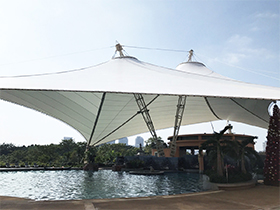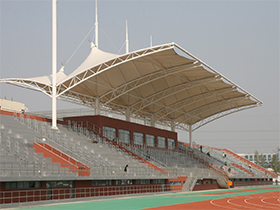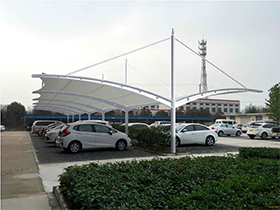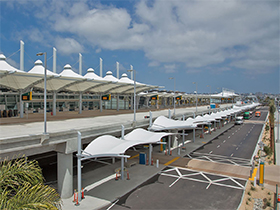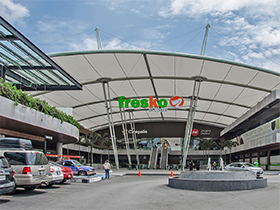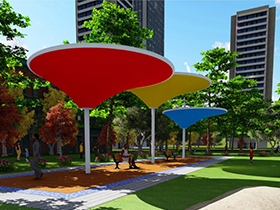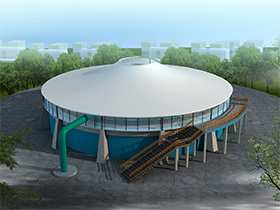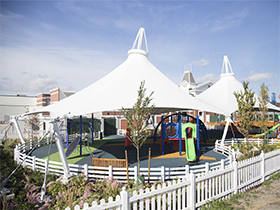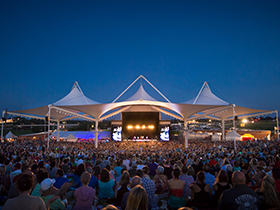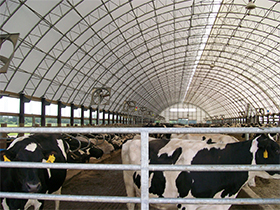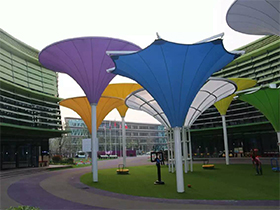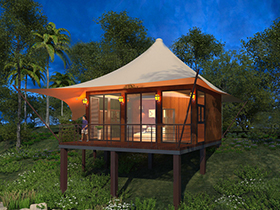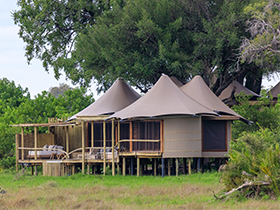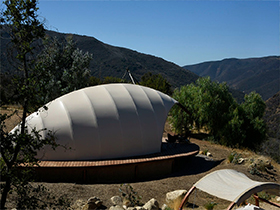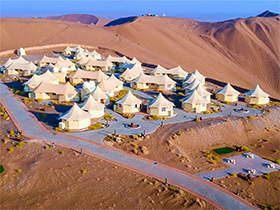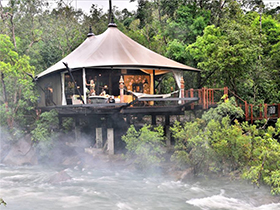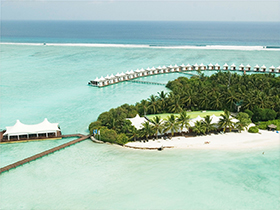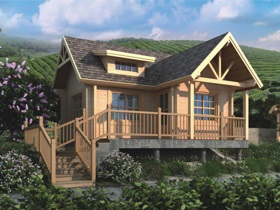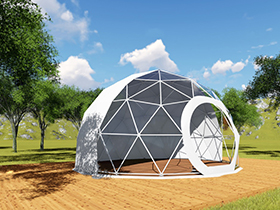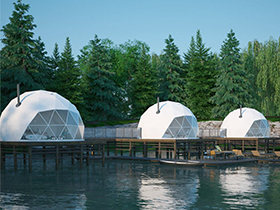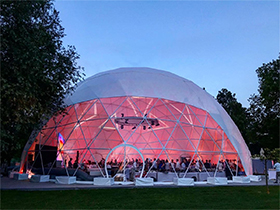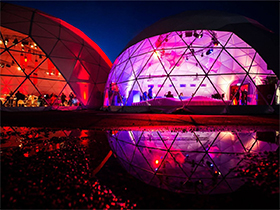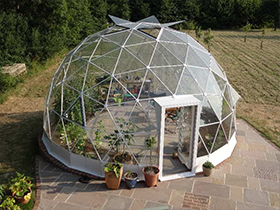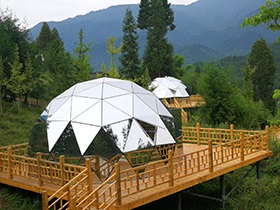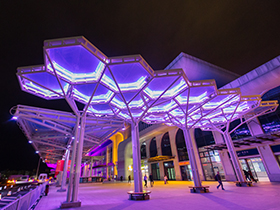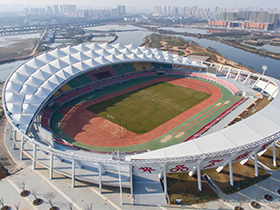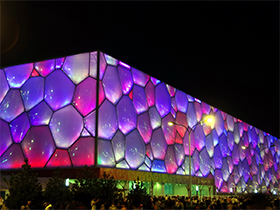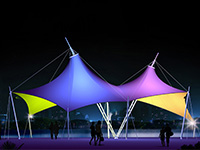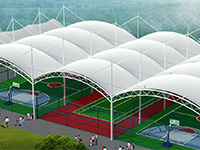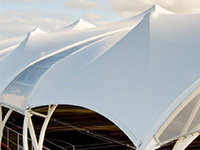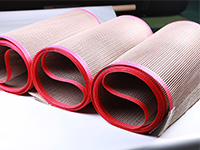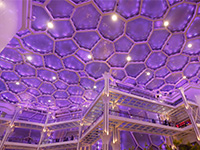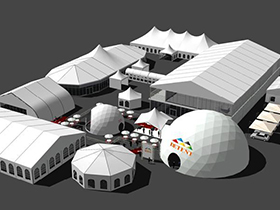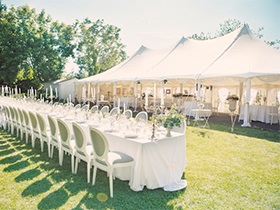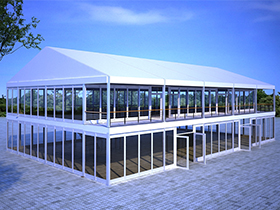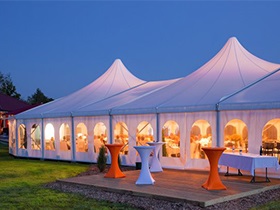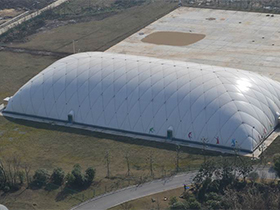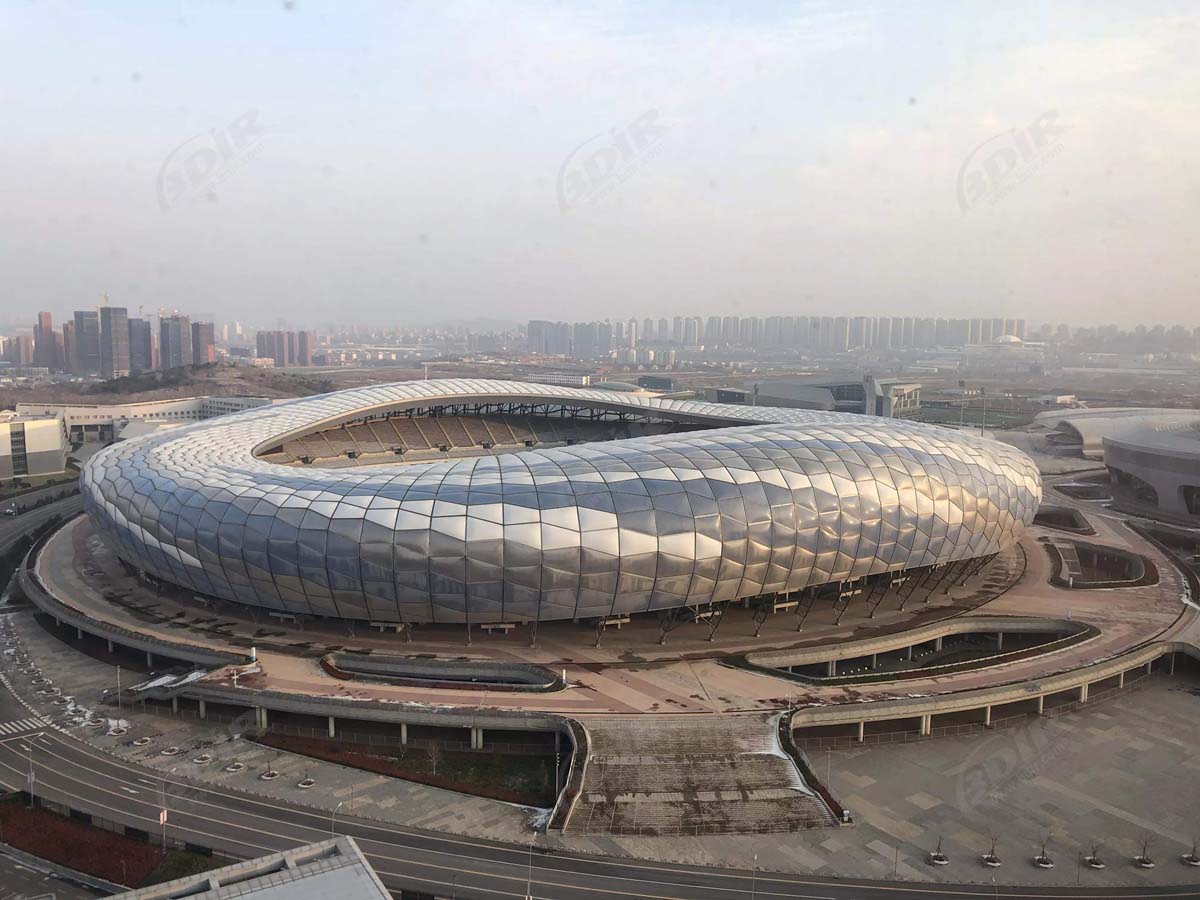RELATED PRODUCTS
News at BDiR
 360° Holographic Projection Dome: Technical Analysis and Applications of Immersive Dome Systems
360° Holographic Projection Dome: Technical Analysis and Applications of Immersive Dome Systems
 Luxury Glamping Hotels: Pioneering a New Chapter in the Fusion of Luxury and Nature
Luxury Glamping Hotels: Pioneering a New Chapter in the Fusion of Luxury and Nature
 BDIR Stage Membrane Structures: Redefining Event Spaces with Innovation
BDIR Stage Membrane Structures: Redefining Event Spaces with Innovation
 Geodesic Domes and Yoga: Creating the Perfect Space for the Mind and Body
Geodesic Domes and Yoga: Creating the Perfect Space for the Mind and Body
.png) Innovative Roof Designs for Stadium
Innovative Roof Designs for Stadium
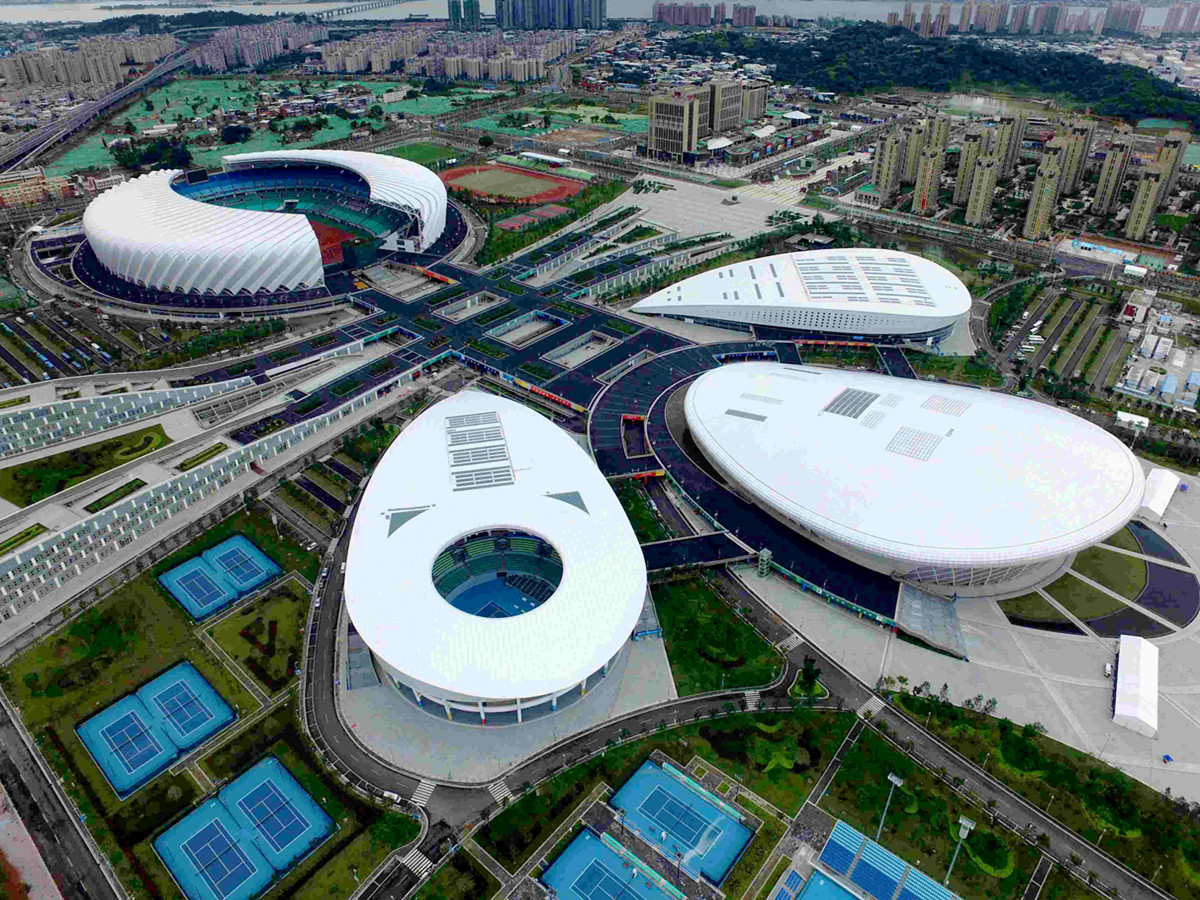
Description
The stadium's ETFE membrane structure has beautiful appearance, advanced technology, good light transmission, fast design and installation, and high comprehensive benefits.
The ETFE membrane structure stadium uses steel and ETFE air pillow roof and curtain wall structure. The ETFE film air pillow is supported by a steel frame system and installed on the roof and appearance of various stadiums to ensure natural lighting and connect inside and outside. During the day, blue, white and transparent stadium surfaces can be seen. At night, under the illumination of LED lights, the stadium air pillow forms a dancing illusion through the rendering of the lights. ETFE membranes have a service life of at least 25-35 years and are ideal materials for permanent multi - layer movable roof structures. Due to the super chemical stability of the ETFE film, this allows the stadium to cope with harsh climates such as high heat and humidity. The surface of the ETFE film is very smooth and has excellent self-cleaning ability. The surface dust is easily washed away by rain.
The Most important reason for choosing ETFE film as a gymnasium is that the weight per unit area of ETFE is about 95% lower than that of glass. Therefore, stadiums can build air pillow roofs and fence support structures in a lighter way. The supporting steel structure using ETFE film as the outer surface is only 40% of the weight of the outer surface of the glass.
Specifications
-
Features of ETFE Tensile structure:
"ETFE" is an ethylene - tetrafluoroethylene copolymer. ETFE fabric material has high tensile strength, impact strength and tear resistance. The thickness of the ETFE fabric material is usually 0.05 to 0.25 mm. As the thickness increases, the hardness of the fabric will increase, and it will also be more brittle, thus increasing the difficulty of processing. The typical usage of ETFE materials is to "weld" two or three layers of membrane materials together and transport them to the construction site. Then inflate them into an air pillow.
1. The ETFE material is made of fluoroplastic, which can apply pre-tension like fabric material;
2. With resistance to temperature changes, can be directly exposed to the temperature of -200 ℃ -150 ℃;
3. The transmittance of ETFE fabric can be as high as 95%. It cannot block the transmission of ultraviolet light and other light to ensure natural light inside the building. Through surface printing, the translucency of the material can be further reduced to 50%;
4. It has the characteristics of high anti-fouling and easy to clean, usually natural rain can remove dirt;
5. The ETFE fabric meets the B1, DIN4102 fire rating standards and will not drip when burned. The thickness is usually 0.05mm to 0.25mm, and the weight of the membrane is very light, only 0.15kg to 0.35kg per square meter. Even in the case of fabric melting caused by smoke and fire, it has a strong advantage;
6. ETFE fabric materials are recyclable materials, which can be reused to produce new membrane materials, or other ETFE products can be produced after separating impurities;
7. Strong corrosion resistance, and at the same time, it has strong adhesion characteristics unique to metal, which overcomes the non-adhesion defect of PTFE to metal, and its average linear expansion coefficient is close to that of carbon steel, making ETFE (F-40) Become an ideal composite material with metal, with excellent negative pressure resistance;
8. The service life of ETFE membrane is at least 25 to 35 years, which is an ideal material for permanent multi-layer movable roof structure;
9. Generally used in the form of air cushions in buildings, the economic span of air cushions is generally 3 ~ 5 m. Multiple air cushions can be connected together by steel structure, aluminum alloy structure or cable net to form a large coverage space.
Where can you put the ETFE Roof & Facades?
ETFE Fabric materials have a wide range of applications. For example: sports and leisure (gymnasiums, stadiums, fitness centers, leiure centers, etc.), tourism and transit platforms (waiting halls, station platforms, parks, etc.), arts and culture (theater, exhibition hall, concert hall, sculpture, etc.) Business (exhibition hall, sewage plant, greenhouse, billboard, etc.).


